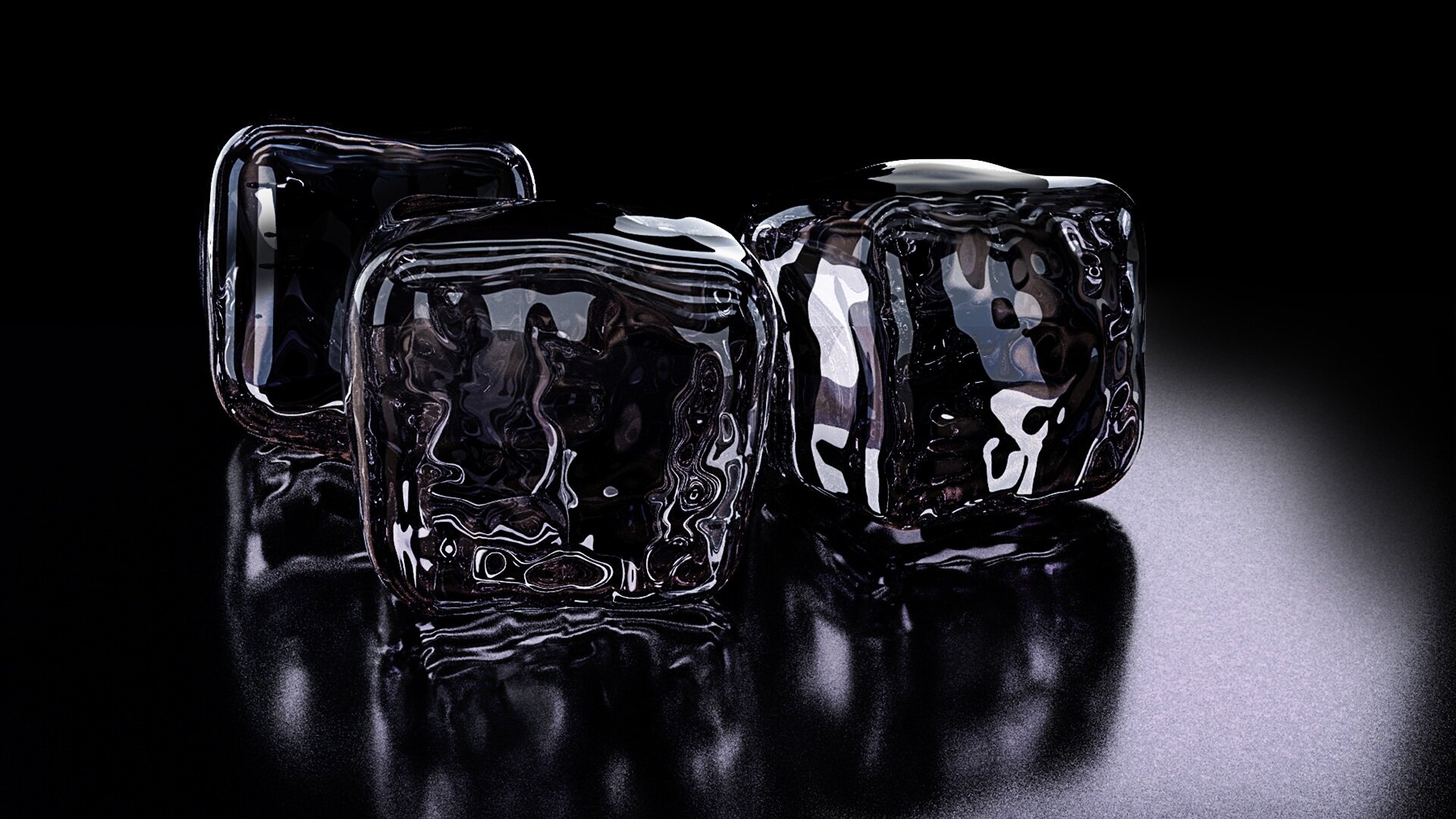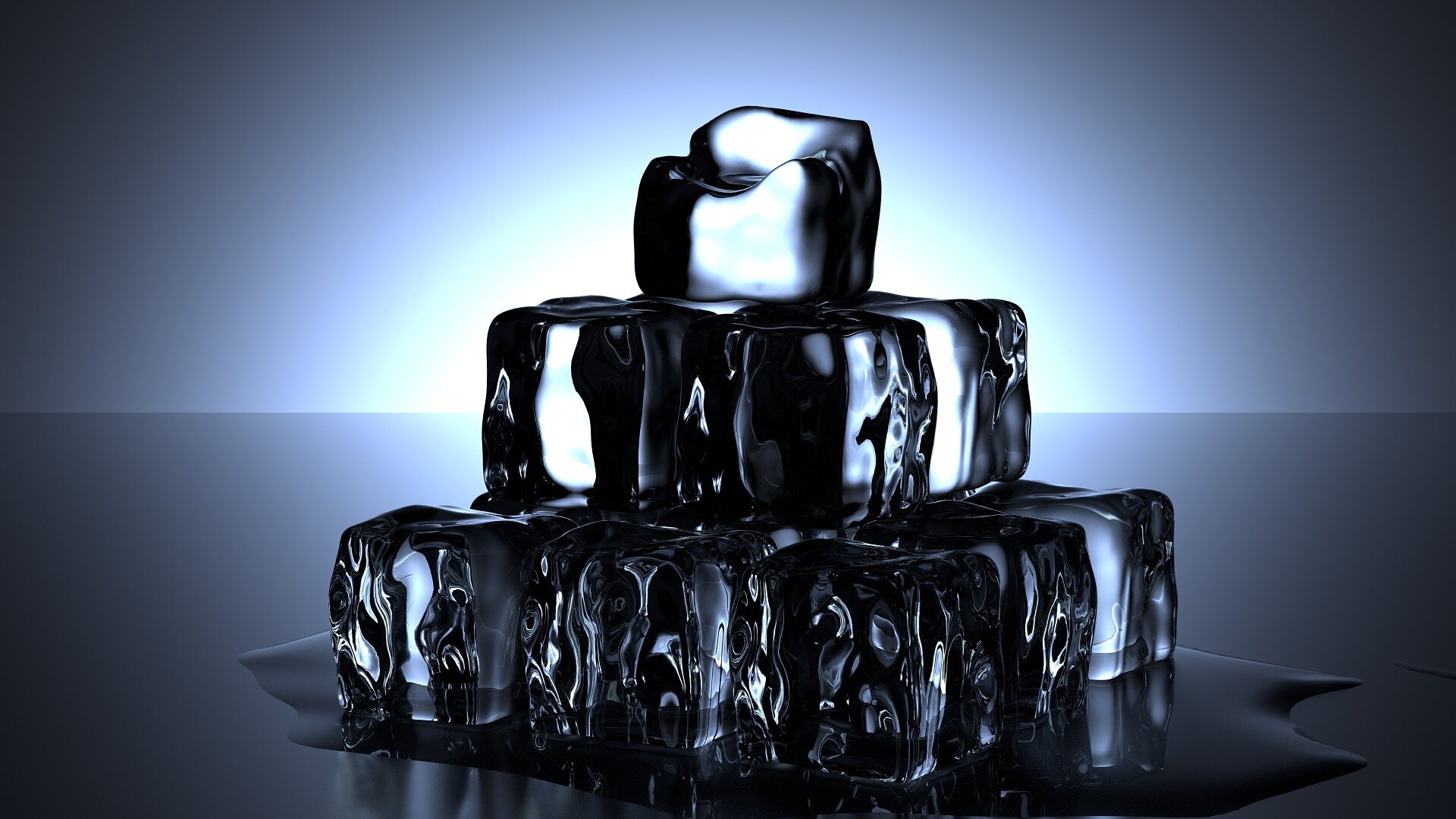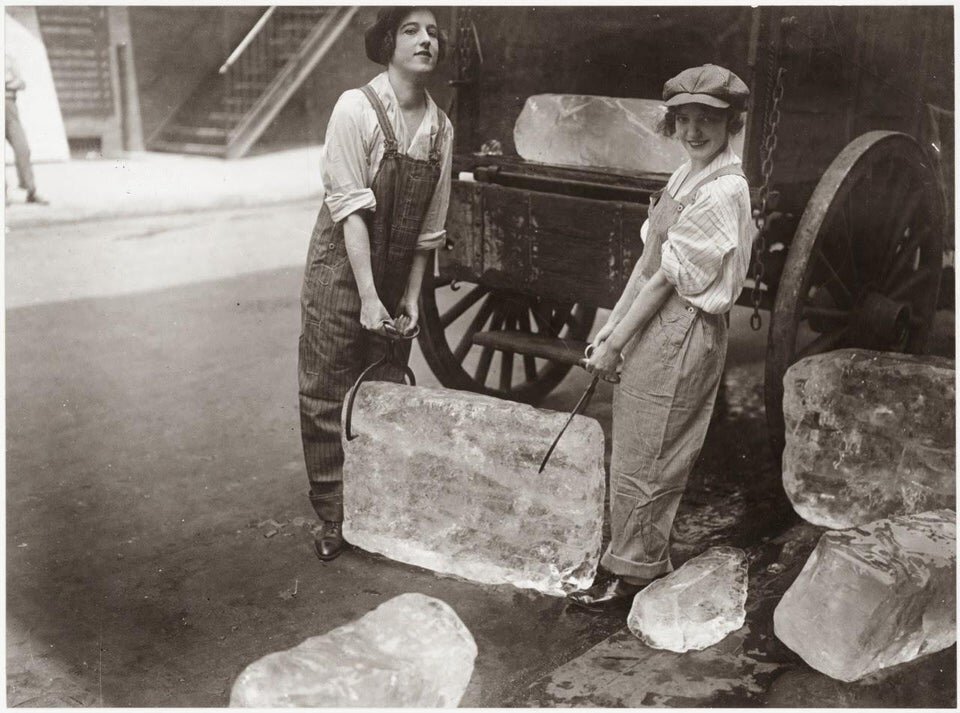Making Clear ice
Water Purification
Clear ice is not just more beautiful than cloudy ice. It is also WAY more pure than the water from which it comes. Before refrigeration, ice was harvested from lakes in the winter, stored in ice houses and them brought out in the summer. In 1890, The Massachusetts Department of Public Health studied the quality of melt water from clear lake ice, and discovered that it was safe to drink even if the lake itself was polluted. This is because the directional freezing that occurs on the surface of a lake - the same principle that creates ClearlyFrozen ice - pushes not only the cloud of dissolved air, but also everything else in the lake water downward, even reducing the bacteria count by up to 99%!
We tested this by mixing up a batch of dark green food coloring in water, and freezing it in a regular ice cube tray and a ClearlyFrozen ice cube tray. In the regular tray, the food coloring had no place to go, so the cubes (on the sides) came out dark green. In the ClearlyFrozen tray, not only the cloud, but also the the food coloring was forced downward, and largely eliminated from the cubes (center).
"Cold" Distillation
An interesting thing about ice is that it can also be used for "cold" distillation.
Alcoholic beverages normally begin with fermentation. Yeast is added to a solution containing water and some form of sugar and/or starch - e.g., rye (rye, Canadian whiskey), molasses (rum), potatoes (vodka), barley (scotch, bourbon, beer), grapes (wine) - and it converts those sugars and starches to alcohol. Yeast cannot survive once the solution reaches a certain alcohol level - sake is fermented to about 18% (36 proof) and that is pretty much the upper range for fermentation.
To get higher levels of alcohol, distillers will normally heat the solution to about 180F degrees - lower than the boiling point of water, but higher than the boiling point of alcohol. This causes the alcohol in the solution to evaporate, leaving the water behind. The evaporated alcohol is then condensed, creating a solution with a higher alcohol concentration. This process may be repeated several times, and can produce alcohol at a strength of 90% (180 proof) or more.
It happens that the freezing point of alcohol is also lower (pure alcohol is minus 173F) than the freezing point of water (plus 32F), so the opposite process can also be used to separate the water and alcohol in a fermented solution. If you cool the fermented solution to a bit below 32F degrees, the water will freeze into ice, and can be removed from the still liquid alcohol, leaving behind a solution with a similarly increased alcohol concentration. This process is far simpler than heat distillation, does not require a sealed still to capture and condense the alcohol vapor, and was a common technique for concentrating the alcohol concentration of hard cider in American colonial days.
the humble brown paper bag
Ice cubes - clear or cloudy - tend to freeze to each other when stored in the freezer. This may happen because they can become a little moist while being removed from ice cube trays. It also happens because ice cubes are inherently cold, and - if they are stored in an open container, like an ice bin, the ambient water vapor in the air in a freezer tends to condense briefly to water on their sides and then to freeze them together. Remarkably, this clumping can be minimized by storing cubes in a brown paper bag - the paper largely absorbs both moisture on the cubes themselves and in the surrounding air.
THE TALL CUBE
The tall cube is something of a mystery of "directional freezing." Sometimes it happens, sometimes it doesn't, sometimes it's in a corner, sometimes it's not. And it can happen well before the tray is over-frozen. it has something to do with pressure building up when the water in the mold has already frozen and more or less sealed off the top of the assembly and the water underneath is still expanding, which water does when it freezes. Seems like the pressure is seeking the path of least resistance to escape.







